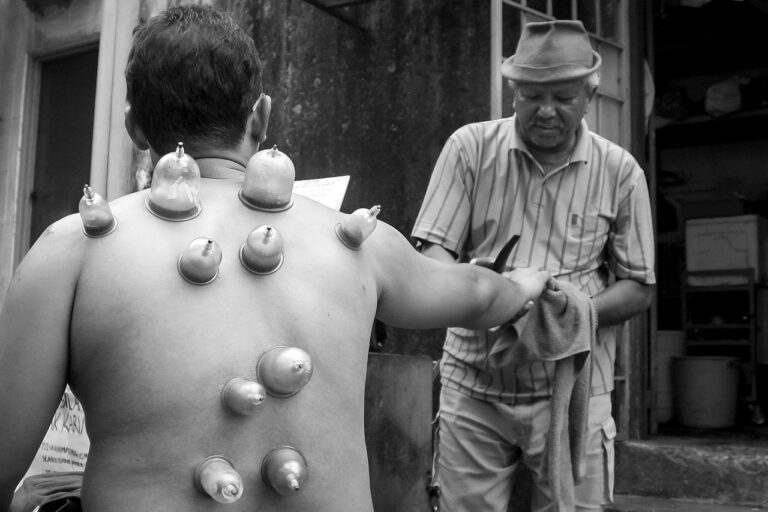Trends in Dental Healthcare and Orthodontics
Dental technology continues to evolve at a rapid pace, revolutionizing the way dental procedures are performed and improving patient outcomes. One of the most significant advancements is the development of digital radiography, which provides higher quality images with lower radiation exposure compared to traditional x-rays. This technology allows dentists to detect dental issues early on, leading to more effective treatment plans and better overall oral health for patients.
Another important advancement in dental technology is the use of intraoral cameras, which enable dentists to capture detailed images of a patient’s mouth in real-time. This not only helps in accurately diagnosing dental problems but also allows patients to see what the dentist sees, facilitating a better understanding of their oral health. Additionally, the use of CAD/CAM technology in dentistry has made same-day dental restorations possible, saving time for both patients and dental professionals alike.
Impact of Telemedicine on Dental Care
Telemedicine has made significant strides in transforming the landscape of dental care delivery. With the advent of virtual consultations and digital communication tools, patients now have greater access to professional dental advice from the comfort of their homes. This has not only improved convenience for patients but has also enhanced the efficiency of dental practices by reducing wait times and streamlining appointment scheduling.
Moreover, telemedicine in dentistry has proven to be particularly beneficial in providing timely care to patients in rural or underserved areas. By leveraging telecommunication technologies, dentists can now reach a broader patient base and address oral health issues that may have otherwise gone untreated. This expansion of access to dental care has the potential to improve overall oral health outcomes and reduce disparities in oral healthcare access across different populations.
What advancements in dental technology have contributed to the rise of telemedicine in dental care?
Advancements such as digital imaging, teledentistry software, and remote monitoring devices have played a significant role in the adoption of telemedicine in dental care.
How has telemedicine impacted the accessibility of dental care?
Telemedicine has made dental care more accessible to underserved and rural populations by allowing patients to consult with dentists remotely, eliminating the need for in-person visits.
Can all dental procedures be done through telemedicine?
While many routine dental consultations and follow-ups can be done through telemedicine, more complex procedures such as surgeries and certain treatments may still require in-person visits to the dental office.
How has telemedicine improved patient experience in dental care?
Telemedicine has improved patient experience by reducing wait times, eliminating travel expenses, and allowing for more convenient and flexible appointment scheduling.
Are there any potential drawbacks to using telemedicine in dental care?
Some potential drawbacks include limitations in diagnosing certain oral health conditions without an in-person examination, issues with connectivity and technology, and challenges in maintaining patient privacy and data security.





